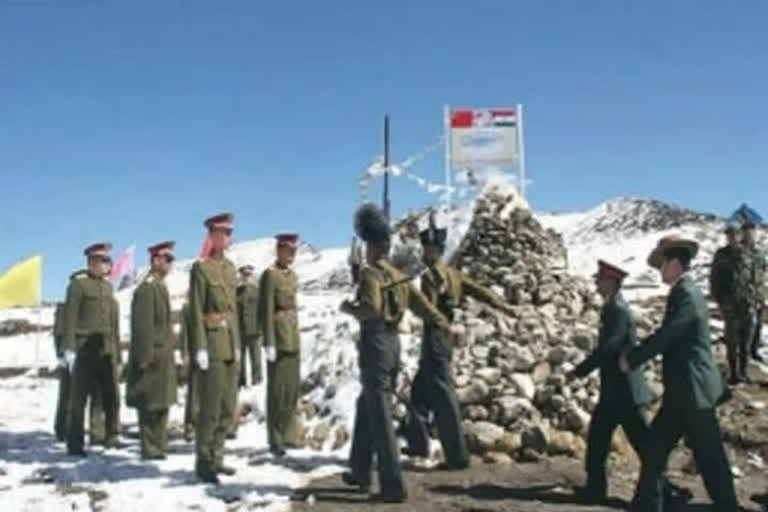New Delhi: Faced with the sheer impossibility of manning the entire 826-km-long-stretch of the Line of Actual Control (LAC) due to the size of the area, the difficult terrain, harsh extreme weather and rarefied air, the India-China conflict has added another dimension of warfare—‘camera wars’ or the rush to place cameras at vantage positions so that the movements of the adversary can be observed all the time 24/7.
One of the main objectives of the elite Special Frontier Force (SFF) team that beat the Chinese PLA to occupy the high points called ‘Helmet’ and ‘Black Top’ on the intervening night of August 29-30 was to dismantle the powerful cameras that the PLA had placed on these prominent features to observe Indian forces’ movements.
Explaining the tactical importance of being able to keep hawk-eyed vigil on a huge area by maintaining observation posts at these high points, a senior military source familiar with the terrain, told ETV Bharat: “As we face Spangur Gap, ‘Helmet’ and ‘Black Top’ are high points on the left on the southern bank of the Pangong lake. The Rezang la and Rinchen La are on the right of the gap from where the Kailash range begins.”
These PLA night-vision cameras have a very expansive sweep with HD features. Their effective range is about 6 km during daytime and about 3 km at night. Cameras become critically important because other forms of surveillance like UAVs or satellites cannot operate very efficiently because of the extremely difficult topography.
